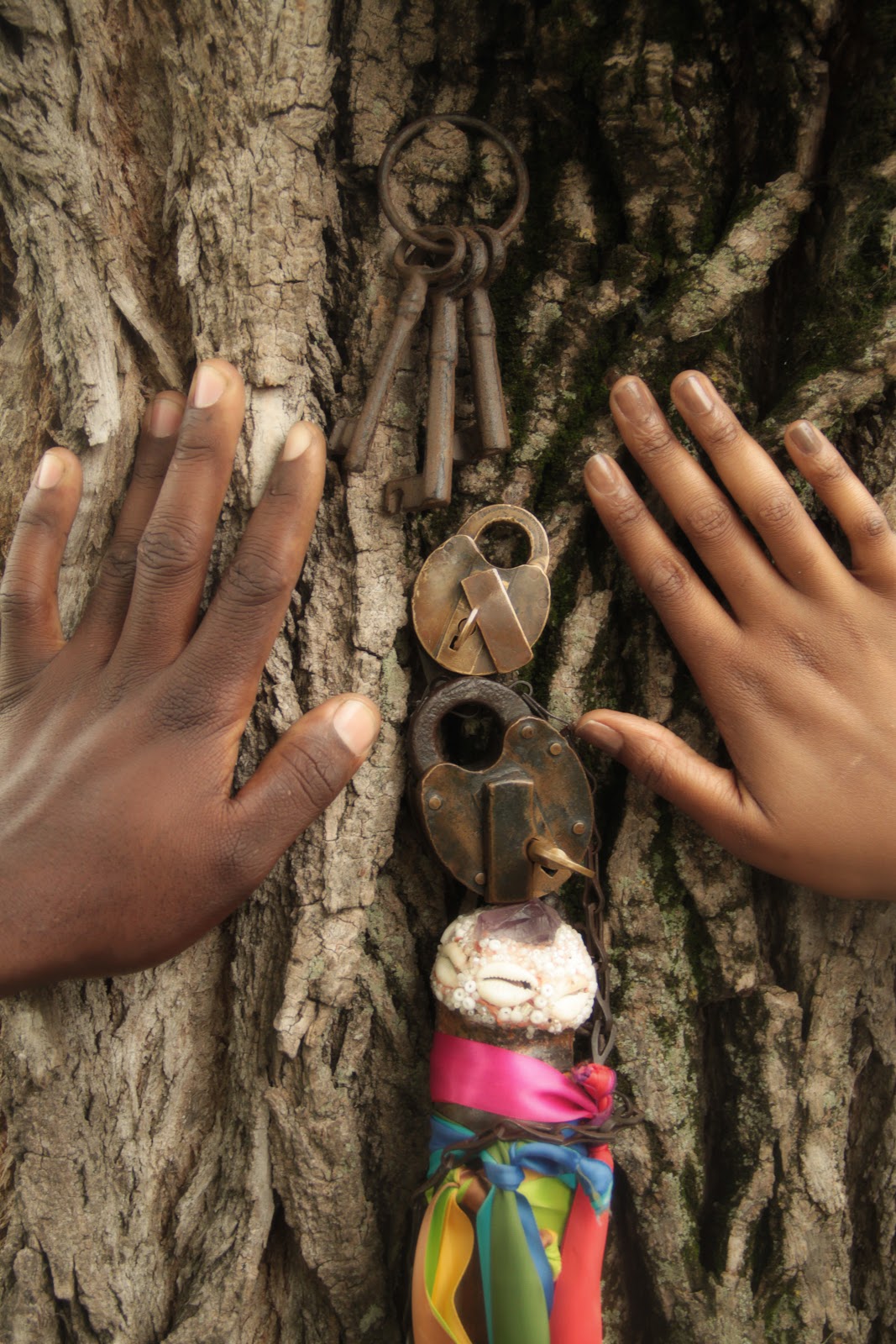Visiting the exhibit, “Determined”, there was plenty of information presented that I had never learned or knew of before. While it was exciting to learn of information and facts that would normally not be given to me, other historical figures that I expected to be in the exhibit were omitted and their narratives weren’t told. Thinking of this, I remembered Free’s query prior to going upstairs to the exhibit: “Do we even want the museum to tell our stories and narratives or do we want to be able to tell the history ourselves?”
The section of the exhibit that interested me the most was entitled, “From Brown to Green”. This exhibit listed out several laws in the U.S. that directly affected the African-American population during its time and beyond. The first law included Brown v Board of Education, a law passed to integrate schools in the U.S. that ultimately did not result in integration. The entire section listed out laws such as Brown v Board, that were put in place by the Supreme Court to improve the status of African-Americans in their respective communities. The final law, Green v New Kent County was another attempt to desegregate schools in the U.S. and also took place in Virginia.
I don’t believe there was anything pertinent missing from the exhibit that I would’ve wanted to see there. I think it was very interesting the stories that were chosen and I am interested in learning more about how these stories were chosen and why they were showcased in a certain manner. I also saw a lot of bias from the museum’s exhibit, especially in the way it was physically constructed.
When we stepped into the museum, after receiving our tickets, the first thing I saw was an engraving on the wall of names and organizations that contributed to and sponsored the museum and exhibit. I recognized a few of the names as some of them were names of buildings on our campus. I thought about all the history I had learned about those people, and I knew that all of them were white or of European descent.
Before even walking up to the exhibit, I imagined in my head what the exhibit would look like and what stories it would tell. “Nothing fancy, straight to the pint, gets a message through, checks all the boxes.” In my time here in Richmond so far, I see a habit of checking the boxes when it come to the African-American or colored community and their requests. While the museum did shed some light on historical beings that were new to me, the information as a whole was not impressive and did not touch me.
This year being the 400th anniversary of forced African Migration to the U.S., specifically Virginia, this museum had a lot of artifacts to pull from and gather in order to showcase to the world a holistic view of the 400 years my people have been on this American soil. This holistic view, in my opinion, was not presented because African-Americans were not responsible for telling their own narratives to the world. Instead, the sponsors and members of the Virginia Historical Society were the authors and the African-Americans were the characters.

Melisa Raja Gopal
The last sentence of your post is the one that struck me the most! It is not sufficient that the museum presents stories from the authors only but it would be a whole lot better to include the characters or their descendants to present their stories now. Regardless of how painful it is to share with everyone else, it is time to admit what actually happened (for both the authors and the characters).